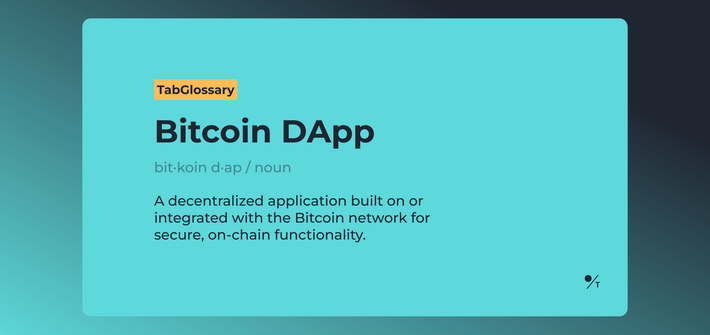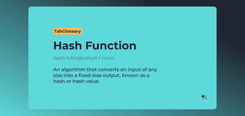Bitcoin DApps are decentralized applications that tap into Bitcoin’s network while adding extra functionality through sidechains, smart contract layers, or scaling solutions. They aren’t built directly on Bitcoin’s base layer (which was designed for payments first and foremost), but instead run on systems that work alongside it.
A shift from Ethereum to Bitcoin
Ethereum popularized the idea of DApps, NFTs, and DeFi because it was built with smart contracts in mind. Developers flocked there since Bitcoin’s scripting language wasn’t designed to handle the same level of complexity.
Over time, though, Ethereum ran into its own headaches. Slow transactions and high fees being the big ones. That opened the door for Bitcoin to re-enter the conversation, not as just “digital gold,” but as a foundation for new types of applications.
Expanding Bitcoin’s utility
For years, Bitcoin has been viewed mainly as a store of value. But turning it into a productive asset, usable in lending platforms, NFTs, or DeFi protocols, requires new infrastructure. That’s where upgrades and add-ons come in. Taproot, for example, was a small but important step toward expanding what Bitcoin can do. On top of that, developers have built entire layers and sidechains designed to give Bitcoin more flexibility without sacrificing its hallmark security.
How it works in practice
Running complex smart contracts directly on Bitcoin’s base chain isn’t ideal. It clogs up the network and drives up fees. Instead, different solutions have emerged:
- Lightning Network (Layer 2): Best known for speeding up Bitcoin payments, making microtransactions cheap and instant.
- RSK (Rootstock Network, a sidechain): Brings Ethereum-style smart contracts to Bitcoin through merged mining, and it’s EVM-compatible. That means developers can move Solidity contracts over with minimal tweaks.
- Stacks (Layer 1 connected to Bitcoin): Uses a unique consensus model called Proof of Transfer (PoX). It anchors to Bitcoin for security while letting developers build DApps, and it even shares transaction fees with Bitcoin miners.
Why it matters
These tools give Bitcoin more than just “hodl” utility. They allow developers to create DeFi platforms, NFT ecosystems, and decentralized apps that inherit Bitcoin’s stability, liquidity, and security. Collectively, all applications built on these sidechains, layers, or smart contract frameworks fall under the umbrella of Bitcoin DApps.
The big picture? Bitcoin isn’t just a passive store of value anymore. With the rise of DApps, it’s slowly becoming an active player in the broader decentralized economy.




